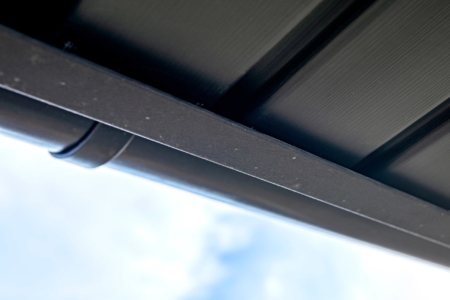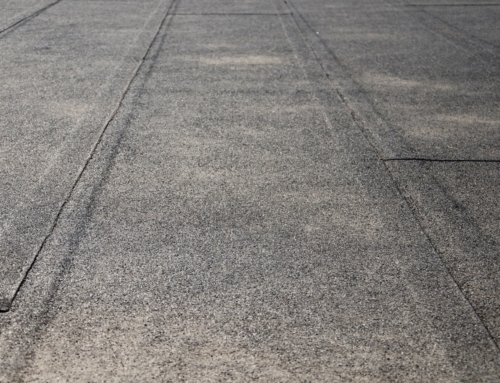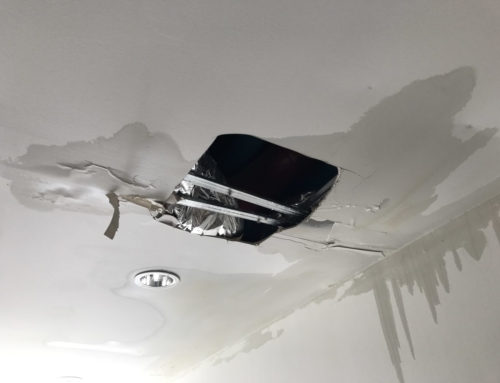
Fascias and soffits are integral to your roof’s overall weather performance and structural stability. Over time, exposure to all the different weathers we face in the UK can result in wear and tear, so good maintenance is the key to avoiding the need for new fascias and soffits.
Here are some of our top tips for maintaining your roofline.
How do you clean fascias and soffits?
Do you want to know some of the best ways to clean fascias and soffits? Regular roofline cleaning can improve your home’s kerb appeal and prevent the build-up of dirt and debris, which can lead to damage. However, there are some strict rules to follow.
Firstly, safety is key, so it’s best to hire a professional to inspect and maintain your roofline rather than cleaning at height. A roofer can also tell you if there are signs of damage, mould or discolouration.
Other roofline cleaning principles include removing debris from fascias and soffits using a soft-bristled brush, warm soapy water and a cleaning solution designed for the material (if there are stubborn stains). Drying UPVC rooflines with a clean, soft cloth will prevent streaks.
What are the signs your roofline needs replacing?
Even if you regularly maintain your roofline, there may come a time when fascias and soffits need replacing. Signs you need to upgrade your roofline are damp and decay. This is typically seen in old wooden fascias and soffits, especially if you find soft spots and discolouration.
Fascias and soffits at the end of their lifespan may have cracks or splits, compromising their integrity and allowing moisture to seep in. This is often the cause of roof leaks or pest infestations in your attic.
Peeling or flaking paint is also a red flag for deteriorating rooflines. Not only is it unsightly, but the underlying material may be affected. This can leave fascias and soffits vulnerable to water damage and decay.
What’s the best alternative to wooden fascias and soffits?
Wooden fascias and soffits were a popular choice many years ago, but they require regular maintenance to prevent warping and decay. A popular alternative is UPVC for rooflines. UPVC fascias and soffits are incredibly durable and resist rot, decay and damage, offering a long-lasting solution available in a range of colours and styles.
Unlike wood, UPVC requires minimal maintenance and can be easily cleaned with soap and water, saving you time and effort. UPVC is also designed to withstand the elements, including UV rays and heavy rainfall, without warping, cracking or fading.
You can find out more in our blog on the best fascia and soffit materials.
Are UPVC rooflines easy to maintain?
One of the benefits of UPVC fascias and soffits is how easy they are to maintain. It’s a modern roofline material requiring minimal upkeep with easy cleaning results, good weather resistance and a fresh look.
UPVC is more durable than traditional materials seen in older buildings, having more longevity by resisting cracks, warping, decay, rot and general damage. This reduces the need for frequent repairs, upgrades, painting, sealing and staining.
Looking for a roofline expert? Contact Radlett Roofing
We offer Hertfordshire roofline solutions in St Albans, Stevenage and beyond. For a free estimate, phone 01923 961055 or email info@radlett-roofing.co.uk.




